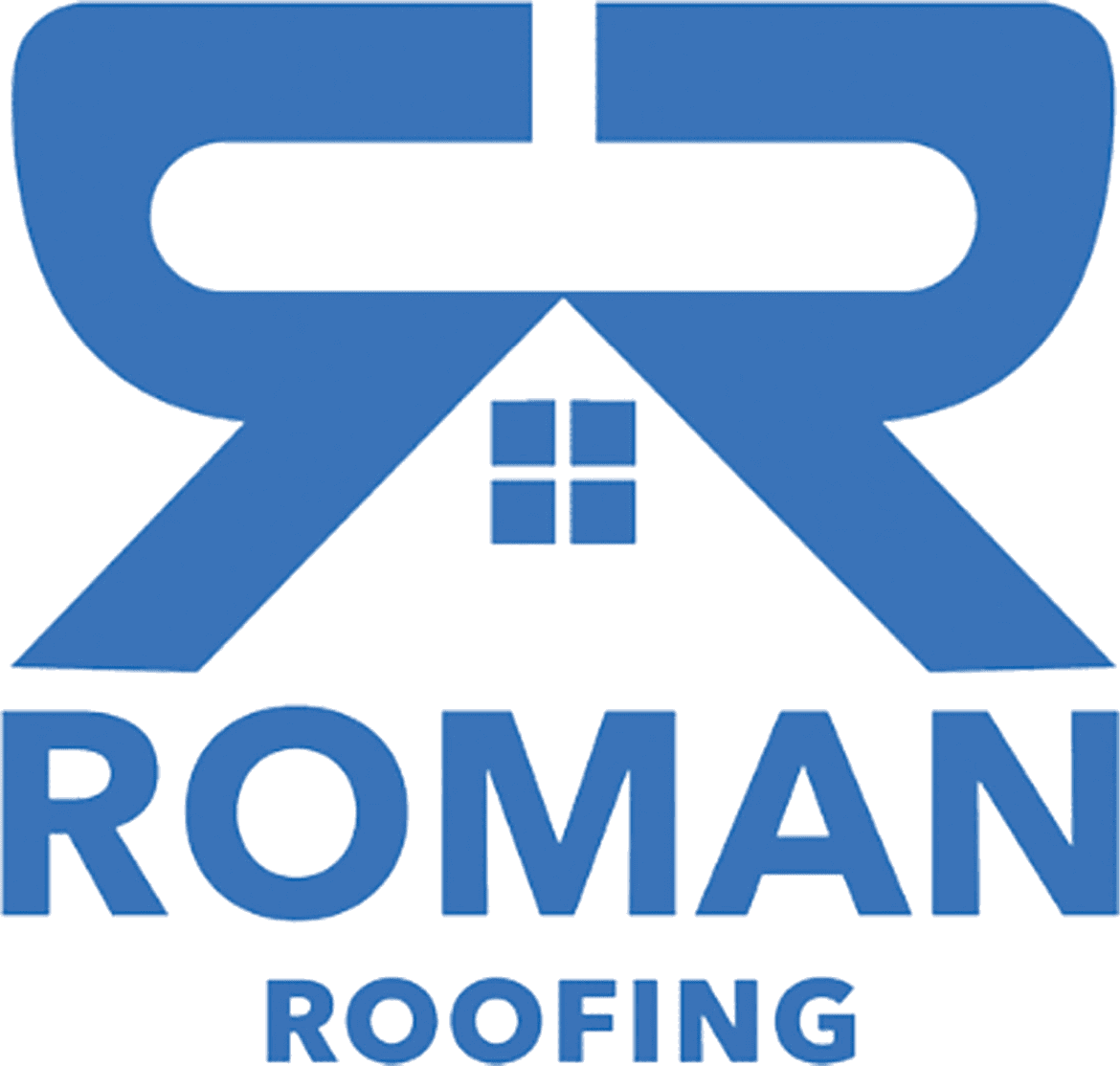Climate change is an urgent issue that industries around the world can’t afford to ignore, and the roofing industry is no exception. Roofs serve as both a shield against and a contributor to environmental changes. This article explores how the roofing sector is adapting to climate change and what role it plays in creating a more sustainable world.
Tackling Heat with Cool Roofs
As global temperatures rise, the urban heat island effect becomes more pronounced, leading to higher energy consumption for cooling buildings. The solution? Cool roofs. These roofs use reflective materials and coatings to deflect sunlight, reducing both energy consumption and urban heat.
Weathering Storms with Resilient Materials
With climate change comes more frequent and severe storms. Roofs now need to withstand not only high winds but also heavy rain and flying debris. Enhanced fastening systems and impact-resistant materials are making roofs more resilient than ever.
Rising Seas and Elevated Designs
Coastal areas are increasingly at risk of flooding due to rising sea levels. Elevated roofing designs, coupled with robust drainage systems, offer a way to mitigate this risk.
Green Roofs for Drought Conditions
Droughts are becoming more common, exacerbating water scarcity and increasing temperatures. Green roofs, featuring drought-resistant plants, serve as natural insulators and help in rainwater harvesting.
Snowfall and Structural Safety
Unexpected heavy snowfall poses a risk to roof structures. Designing roofs with steeper slopes and reinforced trusses, as well as incorporating heating elements, can prevent dangerous snow accumulation.
Solar Roofs for Renewable Energy
The transition to renewable energy is a must. Roofs with integrated solar panels not only provide protection from the elements but also contribute to a cleaner, greener energy grid.
Sustainable Materials for a Greener Planet
The environmental impact of roofing materials is a growing concern. Sustainable sourcing and recyclable materials are becoming the norm, reducing waste and environmental degradation.
Living Roofs for Urban Biodiversity
Urbanization often leads to habitat loss and reduced biodiversity. Living roofs can counter this by creating habitats for various plants and animals, restoring ecological balance in urban areas.
Cleaner Air Through Innovative Roofs
Declining air quality in urban areas is a pressing issue. Roofs that incorporate air-purifying materials or plants can help improve air quality.
Spreading Awareness Through Education
A lack of awareness about sustainable roofing options exists. Industry-led educational initiatives can fill this gap, promoting eco-friendly roofing solutions.
The roofing industry faces the dual challenges of adapting to a changing climate and mitigating its effects. Through innovation and a focus on sustainability, the sector can protect our homes while also playing a crucial role in preserving the environment.

